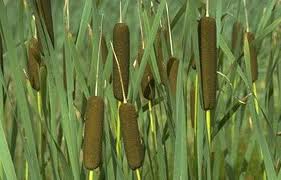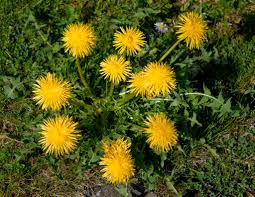Wild Edible Plants
Wild Edible Plants
I hope that I have prepared well enough and never have to use this information, but it is a good idea to know a few wild edible plants, just in case.
Cat Tails
One easily recognizably plant that can be eaten is cat tails. Cat tails are found in several areas of the US and often grow near ponds. The leaves can be eaten boiled or raw as well as the top of the plant. The core of the flower may be a bit hard to digest, so just eat the outer portion.
Clover
Another common and easy to identify edible plant is clover. They can also be eaten raw or boiled.
Dandelion
You can also eat every part of the dandelion. The flowers and leaves can be eaten cooked or raw.
Kelp
If you are near a beach, kelp often washes up. It may also be eaten raw or boiled.
An Easy Test for Edibles
There are several species of wild plants that are edible. We could list many more, but if you are like me, you may not remember them if you are not familiar with plants to begin with. There is a way to test plants that you may think are edible if you are in danger of starvation. You can rub a bit of the plant under your arm to see if you have any reaction. Wait 15 minutes. If it passed that test, you can rub it under your tongue and wait another 15 minutes. Once the plant passes that test, eat a very small amount of it and wait 24 hours. If you still don’t have a bad reaction, it may be safe to eat in an emergency situation.
There are a few things you can avoid to increase your chances of the plant being safe. Avoid anything with a milky sap. Also try to steer clear of plants with tree leaf growth patterns and thorns or spines. Any grain head with pink, purple or black spurs should also be avoided if you are not familiar with the plant.
Your local library probably has a good book on edible wild plants, so why not familiarize yourself with the things that are growing in your area that are edible.
Happy Prepping!
















































